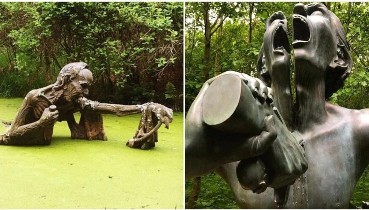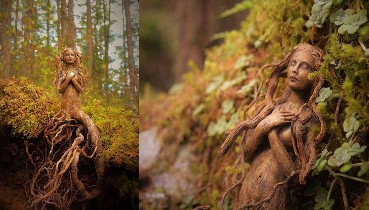
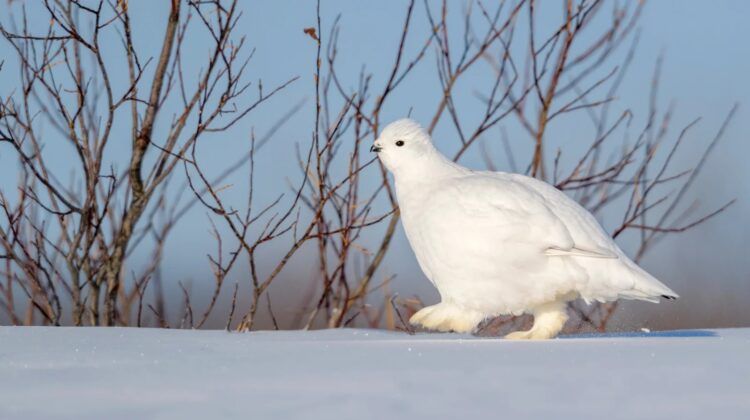
Adaptation in Action: 6 Remarkable Animals That Change Color in Winter
As the seasons transition and nature weaves its intricate tapestry, animals respond to the changing environment in diverse and fascinating ways. Migration, hibernation, and food storage are well-known adaptations to the shifting rhythms of the natural world. However, there is another mesmerizing phenomenon that occurs when winter descends – the transformation of an animal’s coat color. Here are six extraordinary creatures that undergo a stunning metamorphosis as they prepare for the frosty embrace of winter.
1. Weasels: Masters of Camouflage
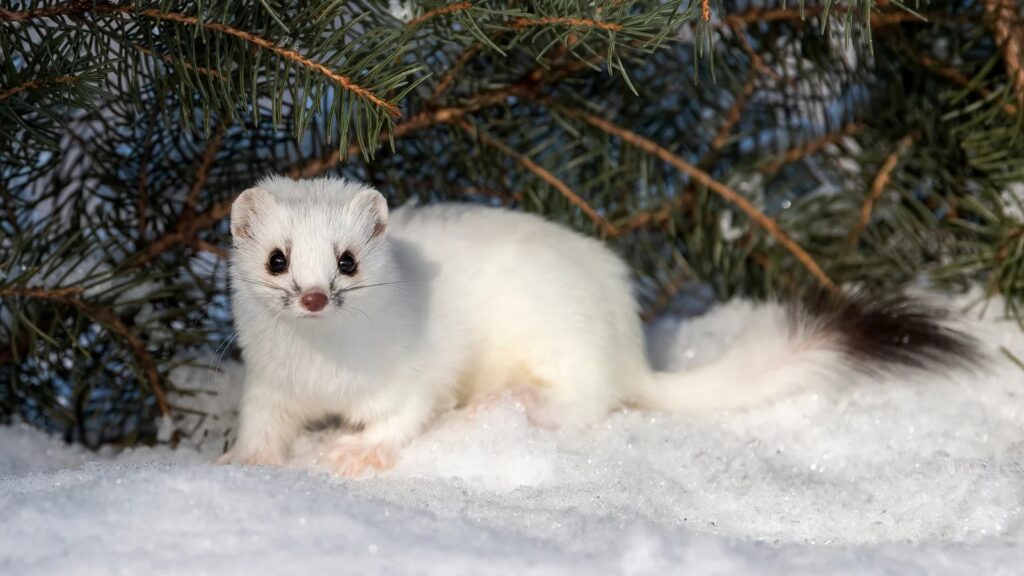
Found in woodlands around the world, weasels are agile predators that exhibit a unique winter transformation. Among the weasel species in the Northern Hemisphere, including the least weasel, long-tailed weasel, and short-tailed weasel (stoat), a remarkable change occurs. The short-tailed weasel, for example, transitions from a summer coat of reddish-brown fur to a winter ensemble of pristine white. This transformation is a strategic adaptation, providing the weasel with the perfect camouflage against snow-covered landscapes, enabling them to stalk prey and elude predators.
2. Arctic Foxes: Blending into the Tundra

In the unforgiving Arctic tundra, where temperatures plummet and summer is fleeting, Arctic foxes (Vulpes lagopus) showcase a breathtaking change in fur color. Their short, thin, light-gray fur of summer transitions into a dense, white coat that harmonizes with the snowy expanse. This not only camouflages the foxes against the icy backdrop but also provides essential insulation during the harsh winter months.
3. Hares: Nature’s Winter Illusionists
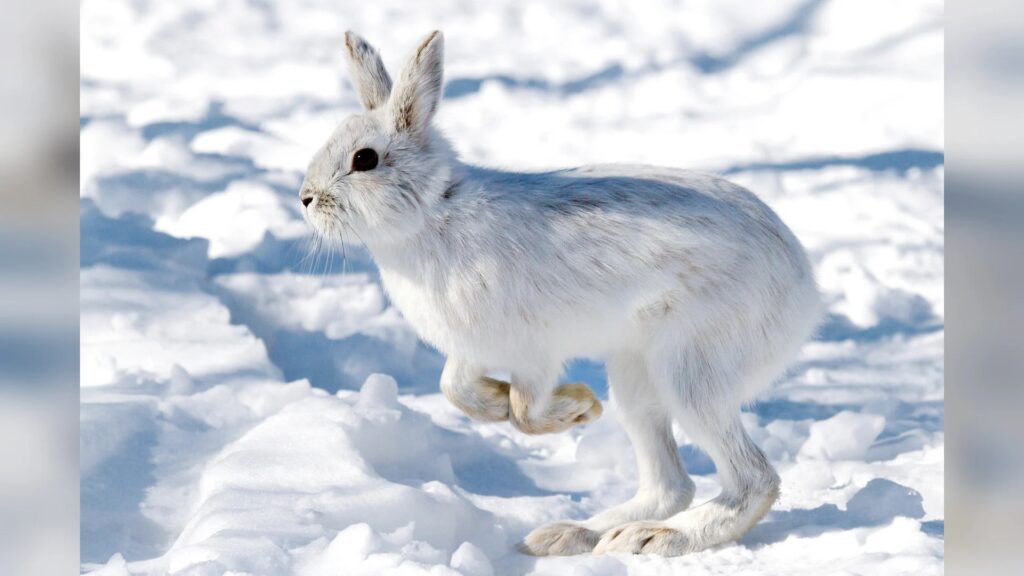
Among the multitude of hare species, a select few engage in a captivating winter transformation. The snowshoe hare, Arctic hare, and mountain hare are among the chosen ones. The snowshoe hare, for instance, adeptly shifts from a dark-gray-and-brown fur coat in warmer months to a winter white, seamlessly disappearing into the snow-covered landscape.
4. Ptarmigans: Feathered Feet in the Snow
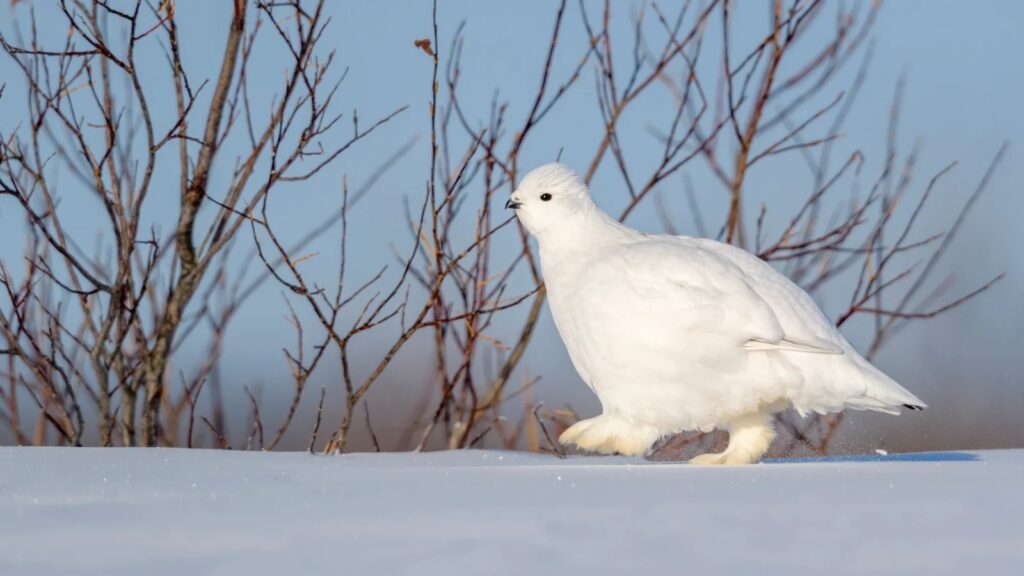
Ptarmigans, small birds inhabiting regions from the Arctic tundra to boreal forests, employ a winter color change to navigate snowy terrains. The rock ptarmigan, white-tailed ptarmigan, and willow ptarmigan transition from dark-brown plumage to a snow-white camouflage. Notably, male rock ptarmigans retain their white coats beyond winter, using them to court females until midsummer.
5. Russian Dwarf Hamsters: Winter Whites
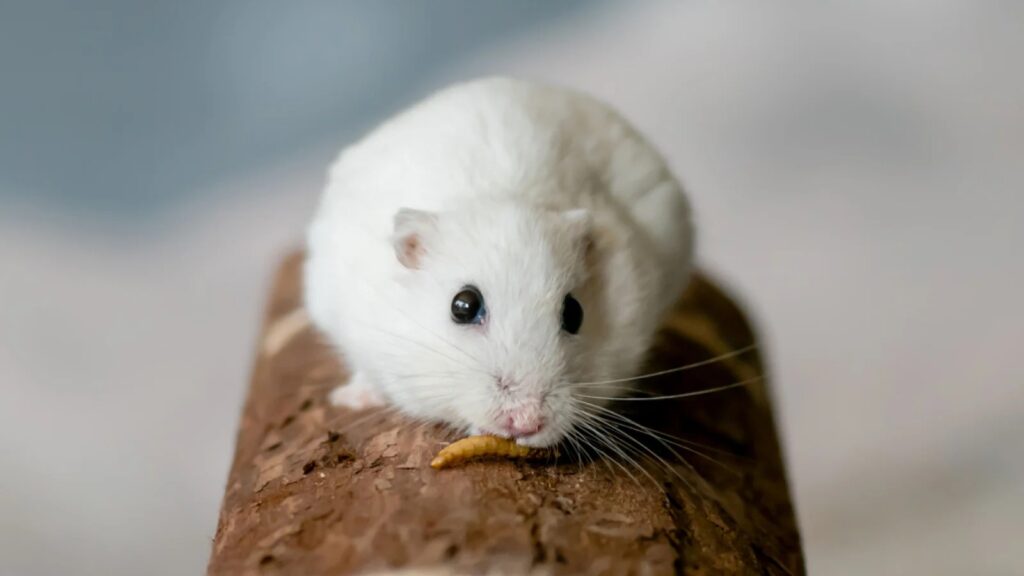
In the grassy fields of Kazakhstan, northern China, and Russia, the charming Russian dwarf hamsters make their homes. As temperatures drop and days shorten, these hamsters undergo a striking transformation from thin, dark fur to a thick, white coat. Interestingly, in captivity, their fur may not change as the artificial light doesn’t mimic the shorter winter days.
6. Peary Caribou: Arctic Elegance

Exclusive to the Canadian Arctic archipelago, the Peary caribou possesses a dual-layered fur strategy. Their white fur, complemented by slate-gray backs that transition to a fair brown in summer, offers insulation against the biting cold. This adaptation enables them to navigate the snow-covered landscape, foraging for grass and moss in their Arctic habitat.
These tales of winter adaptation unveil the ingenious ways in which animals navigate the challenges of the changing seasons. From blending seamlessly into snowy landscapes to embracing a winter wardrobe, these creatures showcase the marvels of nature’s evolutionary artistry. As winter’s icy grip tightens, these animals stand as living testaments to the resilience and resourcefulness inherent in the diverse tapestry of the animal kingdom.
Recommended Videos
 Scientists Share About The Possibility Of Existence Of Other Universes, People Are Intrigued74 views
Scientists Share About The Possibility Of Existence Of Other Universes, People Are Intrigued74 views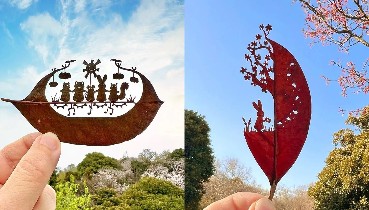 Impressive Leaf Carving Art477 views
Impressive Leaf Carving Art477 views-
Advertisements
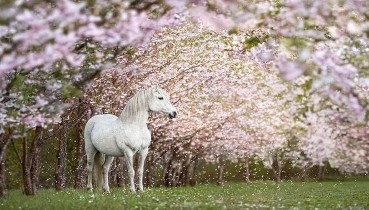 10 Spellbinding Wildlife Images From FAPA209 views
10 Spellbinding Wildlife Images From FAPA209 views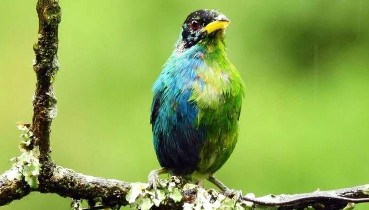 Rare Half-Male, Half-Female Bird is Photographed in Once-in-Century Event45 views
Rare Half-Male, Half-Female Bird is Photographed in Once-in-Century Event45 views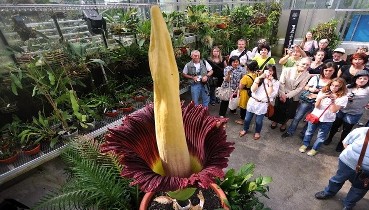 The Corpse Flower: Description, Life Cycle, Facts, and More258 views
The Corpse Flower: Description, Life Cycle, Facts, and More258 views Top 15 Most Beautiful Women With The Perfect Bodies In The World885 views
Top 15 Most Beautiful Women With The Perfect Bodies In The World885 views Elephant ear plant (Colocasia)88 views
Elephant ear plant (Colocasia)88 views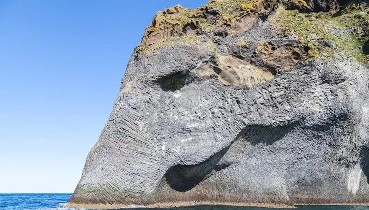 Natural Rock Formation Reminds Us of an Elephant Drinking from the Sea67 views
Natural Rock Formation Reminds Us of an Elephant Drinking from the Sea67 views

